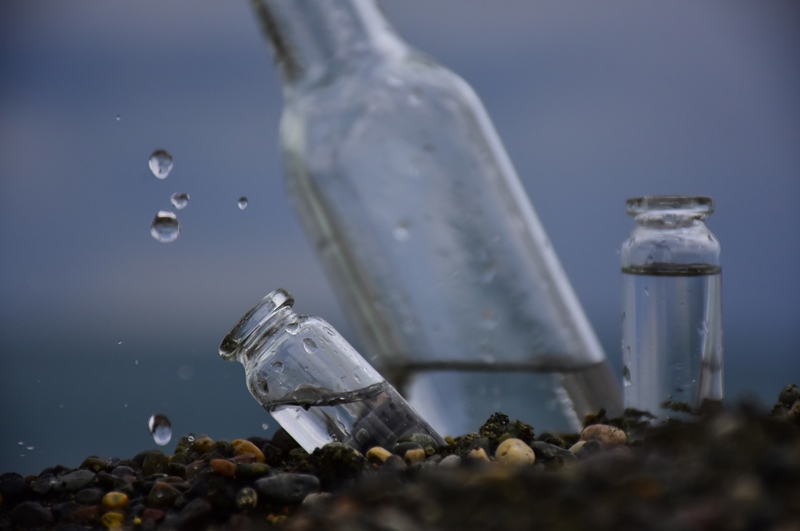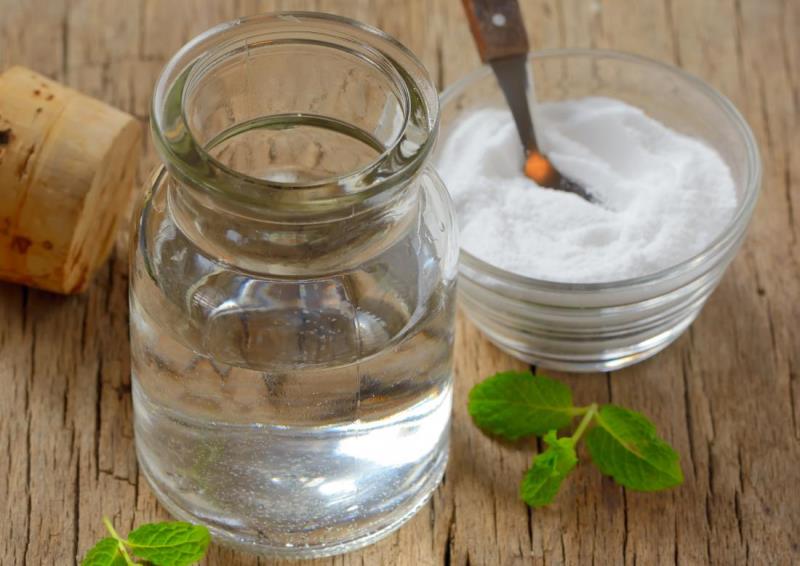One of the easiest ways to tell that a saltwater chlorinator needs to be replaced is low Chlorine output. You make this verdict when you have done everything else right. This includes the recommended cleaning and maintenance, but still, there’s no improvement. This may require the purchase of a new salt water chlorinator (SWG). The same applies if you are the type of person who does not like using chemicals on your pool, salt water chlorinators are the better option. SWGs makes work more manageable since it does not need constant attention. Before purchasing a new SWG in case you find out yours is faulty, it is important to have it checked. The problem could be infrequent cleaning and maintenance issues. Below how long you should expect your chlorinator to last and key steps to increase its life span
How Does a Salt Water Chlorinator Work

Whenever salt passes over the coated titanium plates on the chlorinator’s cell, it converts to chlorine. This sends a message to the control board, which initiates the electrolysis process by sending electrical to the plates. As chlorine and sodium present in the salt separates, chlorine gas is produced into the pool as a byproduct. One way to tell that your SWG is working is that the water near it should be cloudy and not clear. What causes your chlorinator to wear down is the erosion of the iridium coating on the plates. This requires the plates to be replaced.
How Long Should a Salt Water chlorinator Last?
A saltwater chlorinator should last between 3 to 7 years. Two main aspects greatly affect the longevity of your chlorinator. Frequent cleaning of the plates makes them wear out faster. The use of highly concentrated acid on the chlorinator, on the other hand, reduces the plate’s life span. The acid corrodes the plates causing extensive damage. The acid solution used to clean the plates should be 1 part acid to fifteen parts water.
How to Increase Salt Water Chlorinator’s Life Span

Since the chlorinator’s lifespan is not definitive, this can only mean one thing. How you maintain and care for your SWG makes a big difference. You can also consider using the best water ionizer for cleaner and safer drinking water. Below we look at are various ways to ensure your chlorinator’s lifespan is extended.
1. Proper Salt Levels
Always ensure there’s enough salt in the chlorinator. Salt should be added once or twice per year. However, it can be depleted or lost through leakage and backwashing. The right levels should be between 2700 to 3400 parts per million (PPM). The ideal amount of salt is 3200 ppm.
2. Reverse Polarity
When buying a chlorinator, ensure it has the reverse polarity function. This is a common feature in most modern salt systems. This process works by repelling the mineral deposits. Due to reversed polarity, the repelled minerals cannot attach to the plates. They are washed away by water before instead. This process greatly helps reduce scale buildup on the cell.
3. Cleaning the Salt Cell
If your chlorinator does not have the reverse polarity function, ensure you clean and maintain it regularly. Cleaning should be done every 2-6 months as required. If there’s too much calcium buildup, it damages the plates. This makes the electrolysis process difficult. Remember to remove scale buildup, which is a result of the attraction between chlorine and the plates, which are electrically charged
4. Alternative Treatment During Winter/Storms
Generally, SWGs do not perform well if the water is very cold. Temperatures below 60° could end up reducing your chlorinator’s lifespan due to overwork. In this case, the best alternative is to shut off the saltwater system and opt for a different method to avoid destroying it. Remember replacing the chlorinator plates is equally expensive, such that some pool owners prefer buying a new one instead. A good option is the use of chlorine tablets. If you opt to remove the chlorinator, you may endure storing it indoors after blowing the lines. Ensure the sensor is also well wrapped. Keep the chlorinator off during storms as this greatly reduces the risk of the control board being damaged due to a power surge.
5. Balanced PH Levels
The best way to keep the PH balance is to use a test kit. Some chlorinators come with a PH sensor; always ensure the sensor is well calibrated
Your saltwater chlorinator’s lifespan can be determined by you, the owner. If well maintained, it will give you the service worth the financial investment. For more information, visit us at All About Pools for more guidance.






